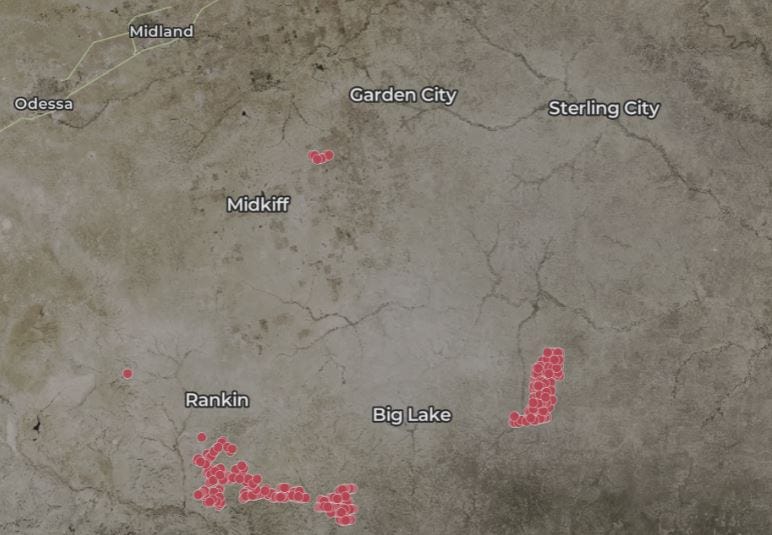Renewable energy accounted for nearly 3/4 of added capacity worldwide last year
Solar and wind dominate new additions in renewables, but coronavirus raises mixed outlooks for near-term.

Doc Brown’s DeLorean, from the movie Back to the Future Part II, above, uses 1.21 gigawatts per trip.
SAN FRANCISCO (Callaway Climate Insights) — Renewable energy, dominated by solar and wind power, accounted for nearly three-quarters of new generation capacity added worldwide in 2019, according to recently released data. But whether that can continue in the face of the coronavirus pandemic remains an open question.
The renewables sector added 176 gigawatts of capacity last year, according to the International Renewable Energy Agency. A gigawatt is roughly sufficient to supply the energy needs of a city of 500,000. For an alternate comparison, Doc Brown’s time-traveling DeLorean, from the movie Back to the Future Part II, used 1.21 gigawatts (GW), per trip.
More than half of the new capacity came online in Asia, according to agency data.
“It is clear that many countries and regions recognize the degree to which the energy transition can deliver positive outcomes," Francesco La Camera, IRENA director-general, said in a statement.
The Covid-19 pandemic and the collapse of global oil markets thanks to Saudi Arabia’s oil price war have scrambled forecasts for future renewable energy growth.
But while oil is trading at multi-year lows, natural gas — which now powers most new fossil-fuel generation — hasn’t seen prices fall as much. In parts of the U.S., wind and solar power is cheaper than natural gas and coal, the New York Times reported.
In fact, until the oil price collapse decimated Texas’ shale oil regions, large scale wind projects were being installed to supply the energy needs of the fracking industry.
And as the global economy attempts to recover from the pandemic shutdowns, La Camera noted that “Governments can turn to a renewables-based energy transition to bring a range of solutions at this difficult moment. Many renewable technologies can be ramped up relatively quickly, helping to revive industries and create new jobs.”
Longer term, the employment outlook for renewables remains strong, according to IRENA. Employment in the sector hit 11 million jobs throughout the world in 2018. That number could quadruple by 2050 with another 40 million jobs in supporting businesses and industries.

A map showing new wind power projects in the Permian basin region of Texas. Data from the USGS.
